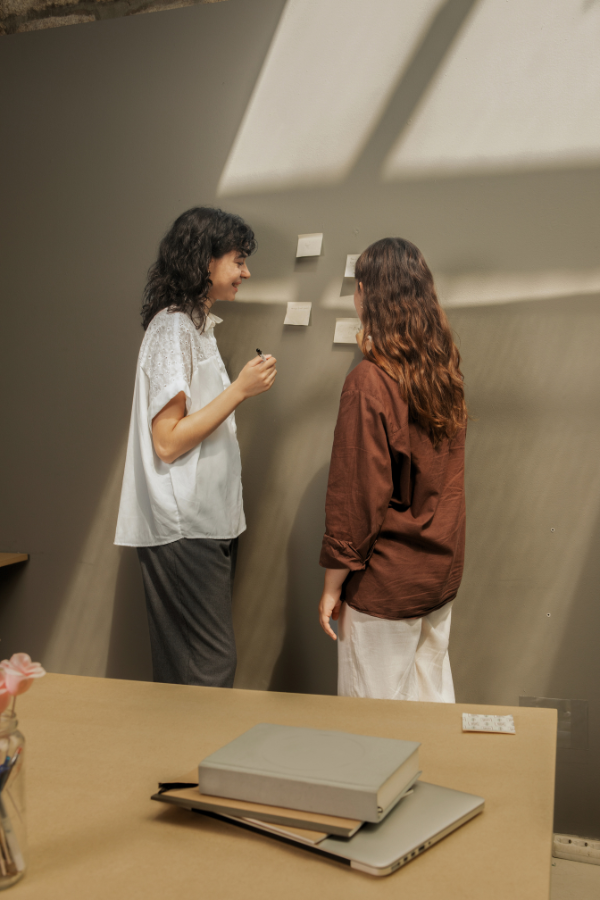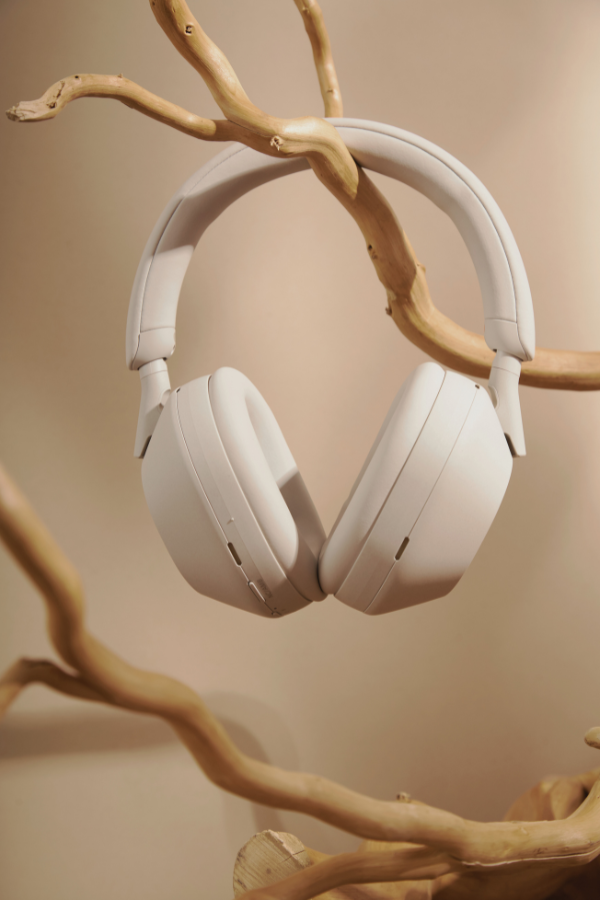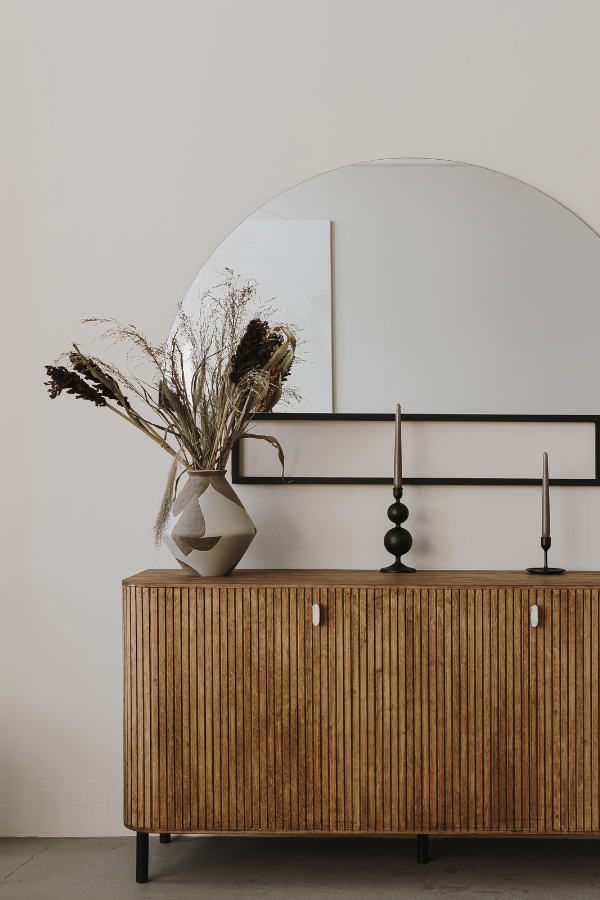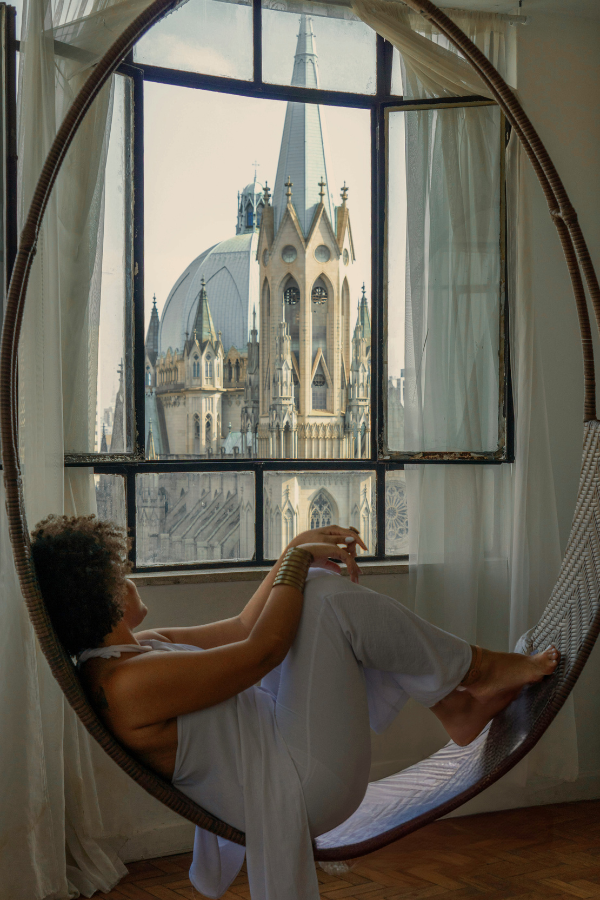
Mid-Career Switch: How to Become an Industrial Designer
Summary
Reflection Questions
Journal Prompt
Are you considering a mid-career switch and wondering if industrial design might be the right fit for you? Whether you come from a background in graphic design, architecture, engineering, product management, or marketing, transitioning to industrial design could be an exciting and rewarding move. Industrial design is a dynamic field that blends creativity with practical problem-solving, allowing professionals to shape the products and systems we use every day. This guide will explore what industrial designers do, the skills and education needed to become one, and why this career path offers promising opportunities, especially for those bringing diverse experiences and fresh perspectives. Let’s get into it!
What Exactly Do Industrial Designers Do?
Industrial designers work primarily to create and develop concepts and specifications that optimize the function, value, and appearance of products and systems for the mutual benefit of both user and manufacturer. Industrial designers develop the concepts for products and implement solutions across various industries. These include consumer electronics, automotive, furniture, medical devices, household goods, manufacturing industries, and more.
Put simply, industrial designers play an important role in shaping things we use daily—ensuring they are functional, aesthetically pleasing, and user-friendly while meeting industry standards and sustainability goals. Let’s take a closer look at what industrial designers do throughout their careers.
Research and Analysis Into Consumer Need, Production Costs, and Usability
Industrial designers begin their process by deeply understanding user needs and market trends. They conduct extensive research to gather insights into what consumers want, how they use existing products, and the gaps in the market that new products can fill. This involves studying competitors’ products to identify their strengths and weaknesses, conducting surveys and focus groups with potential users, and analyzing market data to spot emerging trends. This foundational research helps designers to create products that are not only innovative but also in high demand.
Alongside understanding user needs, industrial designers also investigate the latest materials and technologies that can be incorporated into their designs. This research is crucial to ensure that the products are feasible to produce and offer innovative features. Designers focus on advancements in materials science, manufacturing techniques, and technological developments in their research. They evaluate the properties, determine production costs, work out timelines, and assess the sustainability of new industrial materials and technologies, ensuring their concepts for manufactured products are not only cutting-edge but also practical and sustainable.
Developing New Product Concepts

The next step involves generating ideas and concepts. Industrial designers engage in brainstorming sessions where they sketch, model, and discuss various ideas. This phase is highly creative and collaborative, allowing designers to explore a wide range of possibilities. They use techniques like mind mapping and mood boards to visualize concepts and inspire innovative solutions. Digital tools and software aid in quickly iterating and refining ideas, ensuring a robust pipeline of potential designs.
Once initial design ideas are formulated, designers create prototypes. This involves creating physical or digital models of the concepts to test and refine them. Some prototypes integrate existing technologies while others are brand-new. Prototypes can range from simple hand-drawn sketches and cardboard models to sophisticated 3D-printed objects or functional mock-ups. Prototyping allows designers to evaluate the practicality, usability, and aesthetics of their designs. Designers then proceed to demonstrate prototypes. On the whole, it is an iterative process where feedback is used to make continuous improvements until the design meets all criteria.
Design and Detailing
In this phase, industrial designers use computer-aided design (CAD) software to create detailed 3D models of their concepts. This is where designers combine art and mechanical skills. CAD modeling allows for precise visualization of the product from all angles and facilitates the exploration of different design options. It also enables the integration of technical specifications, such as dimensions, materials, and assembly details, ensuring that the design is ready for production.
Ensuring products are user-friendly and ergonomically sound is a key responsibility of industrial designers. They study how users will interact with the product, considering factors like comfort, ease of use, and safety. Ergonomic design involves creating products that fit the user’s body and cognitive abilities, reducing strain and improving overall user experience. This often requires iterative testing and refinement to achieve optimal usability.
Balancing aesthetic appeal with functional requirements is crucial in industrial design. Designers pay close attention to both the visual and tactile qualities of the product, ensuring it is attractive and desirable while also being functional and practical. This involves making decisions about colors, materials, finishes, and textures, as well as ensuring that all components work seamlessly together. The goal is to create a product that is both beautiful and highly functional.
Collaboration and Communication

Industrial designers often work closely with professionals from various disciplines, including engineers, marketers, and manufacturers. They develop cooperative working relationships with other experts to ensure that their designs are technically feasible, marketable, and manufacturable.
After all, designers consider the function, aesthetics, production costs, manufacturing methods, and marketability of a new product. They combine art, business, tech, science, and more. To help, engineers address technical challenges and optimize the design for performance and safety, while marketers provide insights into consumer preferences and branding. Manufacturers ensure that the design can be efficiently and cost-effectively produced.
Effective communication with clients is essential for industrial designers. They regularly meet with clients to understand their needs, present design concepts, and incorporate feedback. This interaction helps ensure that the final product aligns with the client’s vision and business goals. Designers must be skilled in articulating their ideas clearly and persuasively, often using visual aids and prototypes to convey their concepts effectively.
Testing and Evaluation
Before finalizing a design, industrial designers conduct usability testing to gather feedback from real users. This involves observing how users interact with prototypes and collecting their opinions and suggestions. User testing helps identify any issues or areas for improvement, ensuring the product is intuitive and meets user needs. Based on this feedback, designers make necessary adjustments to enhance the overall user experience.
In addition to usability, designers assess the performance of their products under various conditions. This involves testing the product’s durability, functionality, and safety to ensure it meets all relevant standards and regulations. Performance evaluation helps identify potential weaknesses or failure points, allowing designers to make improvements before the product goes into production. This rigorous testing phase is crucial for delivering a high-quality, reliable product.
Production and Implementation

Industrial designers play a key role in the production process, working closely with manufacturing teams to ensure their designs are executed correctly. They provide detailed specifications and guidelines to manufacturers, addressing any technical challenges that arise during production. This liaison role helps ensure that the final product matches the original design intent and meets quality standards.
Ensuring the final product meets design specifications and quality standards is a critical responsibility of industrial designers. They establish quality control procedures to monitor production, conduct inspections, and address any defects or inconsistencies. This involves collaborating with quality assurance teams to implement testing protocols and standards, ensuring that the product delivered to consumers is of the highest quality.
Fuel your creative fire & be a part of a supportive community that values how you love to live.
subscribe to our newsletter
*please check your Spam folder for the latest DesignDash Magazine issue immediately after subscription

Sustainability and Ethics
Industrial designers consider the environmental impact of their products at every stage of the design process. They choose materials and manufacturing processes that minimize harm to the environment, such as using recyclable or biodegradable materials and reducing energy consumption. Sustainable design practices help reduce the carbon footprint of products and contribute to environmental conservation.
Designers also address ethical issues in their work, such as inclusivity, accessibility, and social impact. They strive to create products that are accessible to all users, including those with disabilities, and consider the broader social implications of their designs. Ethical design practices ensure that products are not only functional and attractive but also socially responsible and beneficial to the community.
Continuous Improvement
Design is an ongoing, iterative process where continuous improvements are made based on feedback and new developments. Industrial designers revisit and refine their designs regularly, incorporating new insights and technologies. This iterative approach ensures that products remain relevant, competitive, and aligned with evolving user needs and market trends.
Keeping up-to-date with the latest trends, technologies, and materials is essential for industrial designers. They attend industry conferences, participate in professional development courses, and engage with design communities to stay informed about new developments. This continuous learning helps them innovate and incorporate the latest advancements into their designs, maintaining their competitive edge in the industry.
Becoming an Industrial Designer

To become an industrial designer, one typically needs a bachelor’s degree in industrial design, architecture, or engineering. Most industrial design programs provide students with a strong foundation in design principles, computer-aided design (CAD), and the integration of art, business, and engineering. These programs often include classroom projects, studio work, and internships that allow students to develop a professional portfolio. Industrial design programs emphasize the development of both technical skills, such as three-dimensional modeling and computer software proficiency, and soft skills, like creative problem-solving and effective communication.
Industrial designers typically start their careers by working under the supervision of experienced designers, gradually taking on more responsibility as they gain experience. They must demonstrate a strong understanding of materials and manufacturing requirements, as well as the ability to anticipate production issues and develop practical, cost-effective solutions. Developing cooperative working relationships with colleagues in related disciplines, such as mechanical engineers, is crucial for success in this field.
A Day in the Life of an Industrial Designer
In their daily work, industrial designers sketch initial design ideas, create renderings and physical prototypes, and develop virtual models using computer-aided design software. They consider the function, aesthetics, and production costs of their designs, ensuring that each product is feasible to manufacture and meets the needs of the end user. By continuously refining their designs and integrating existing technologies, industrial designers play a vital role in the creation of innovative and impactful products that enhance our daily lives.
The Job Market: Is Becoming an Industrial Designer Smart in Today’s Economy?
The employment of industrial designers is projected to grow by about 3% from 2022 to 2032, according to the U.S. Bureau of Labor Statistics. This slight increase will be driven by the demand for new products and innovations in various industries, such as medical equipment, automotive parts, home appliances, and toys. The projected growth rate is slower than the average for all occupations, reflecting a steady but not rapid increase in demand for industrial designers. However, specific industries and regions may experience higher demand based on their economic activities and technological advancements.
Industries That Currently Need and Will Continue to Need Industrial Designers

For example, the demand for innovative and user-friendly electronic devices, such as smartphones, tablets, and wearables, continues to drive job opportunities for industrial designers. The automotive industry also remains a significant employer of industrial designers, with a focus on designing vehicles that are both aesthetically appealing and functionally efficient. The push for electric and autonomous vehicles has also opened new avenues for design innovation.
The healthcare industry’s need for advanced medical equipment and user-friendly devices has created opportunities for industrial designers to contribute to the development of products that enhance patient care and medical procedures. There is also consistent demand for well-designed furniture and household items, with an emphasis on sustainability and ergonomic design.
Compensation for Industrial Designers
As for compensation, the median annual wage for industrial designers was $71,640 in May 2022. Designers working in specialized industries, such as aerospace or high-tech electronics, may earn higher salaries. Benefits like health insurance, retirement plans, and opportunities for professional development are also common in this field.
Final Thoughts: Pursuing a Career as an Industrial Designer
For women considering a mid-career switch, we encourage you to think about industrial design. Careers in graphic design, architecture, engineering, product management, and even marketing transition well into industrial design due to their shared emphasis on creativity, problem-solving, and an understanding of user needs. These fields provide a strong foundation in design principles, technical skills, and project management, which are essential for success in industrial design.
The combination of art, business, and engineering makes industrial design a versatile and rewarding career, allowing women to leverage their diverse backgrounds and experiences. Embracing this transition can lead to a fulfilling role in shaping innovative, sustainable, and user-friendly products that enhance daily life. With continuous learning and a passion for creativity, women can confidently pursue this new career path, bringing fresh perspectives and ideas to the world of industrial design.
(We can’t wait to hear about it!)








